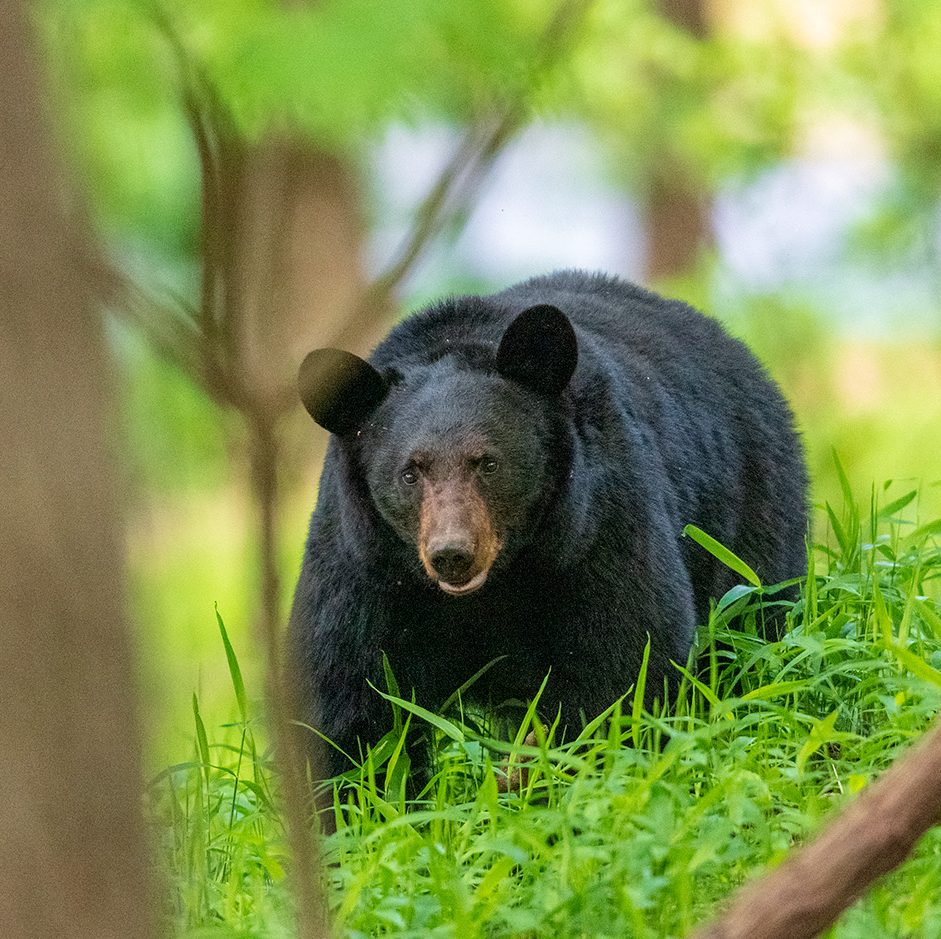Big Canoe is a Recognized Nature Preserve
Our Guidelines for Preservation
Big Canoe is recognized by Georgia Audubon as a nature preserve. Guests are strongly advised to review the guidelines designed to maintain our community’s natural beauty and ensure everyone’s safety.
Do not feed the wildlife. Feeding the wildlife is prohibited: violators are subject to a $5,000 fine.
Hunting, trapping, wounding, or killing wildlife is not permitted inside Big Canoe.
Dogs must be on a leash at all times inside the gates, including on the trails.
Discharging a firearm or any other lethal weapon is not permitted inside Big Canoe.
Only propane-fuled outdoor fires are permitted in Big Canoe; violators are subject to a $5,000 fine.
Bear Safety
The residents of Big Canoe have chosen to live in harmony with their bears.
PEOPLE AND BEARS CAN LIVE TOGETHER
The black bear is a long-time resident of Big Canoe and one of our most prevalent forms of wildlife. As Big Canoe continues to develop and encroach on wildlife habitat, the need for people and bears to coexist safely increases.
Whether you are hiking or strolling through the neighborhoods, you may encounter a black bear. Black bears are most active from mid-March to November, but remain active during the winter months if non-natural foods are available. Their constant search for new food sources may draw them to your home. The residents of Big Canoe have chosen to live in harmony with their bears.
We want our community to allow for bear activity, so that bears can pass through, but are not tempted to stop and get into trouble with people and their non-natural attractants.
BEAR SAFETYWhether you are hiking or strolling through the neighborhoods, you may encounter a black bear. Black bears are most active from mid-March to November, but remain active during the winter months if non-natural foods are available. Their constant search for new food sources may draw them to your home. The residents of Big Canoe have chosen to live in harmony with their bears.
We want our community to allow for bear activity, so that bears can pass through, but are not tempted to stop and get into trouble with people and their non-natural attractants.

